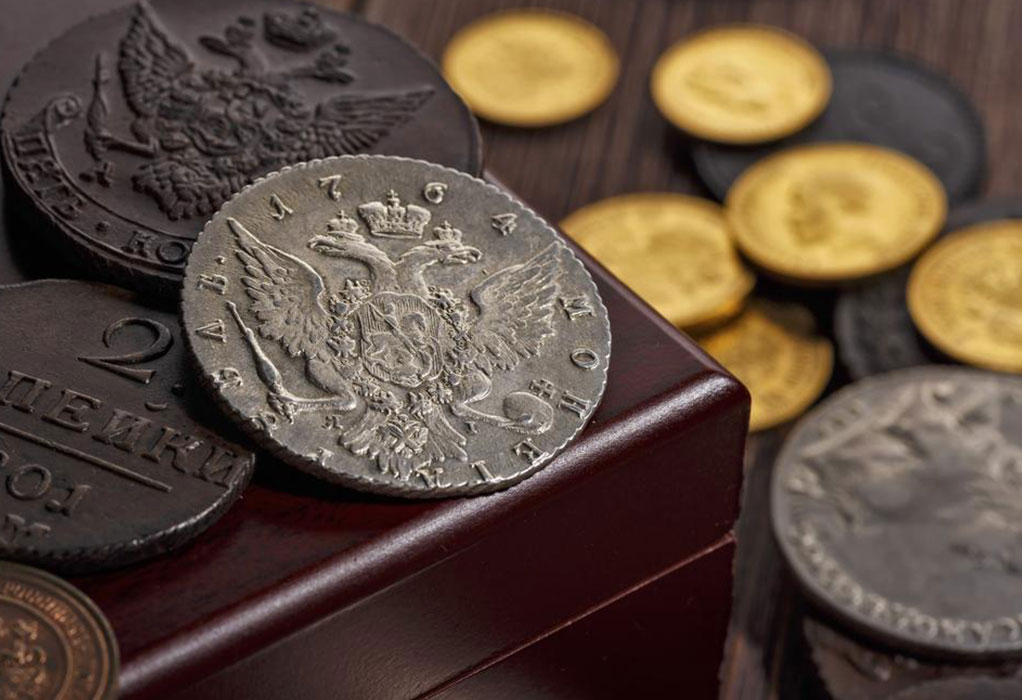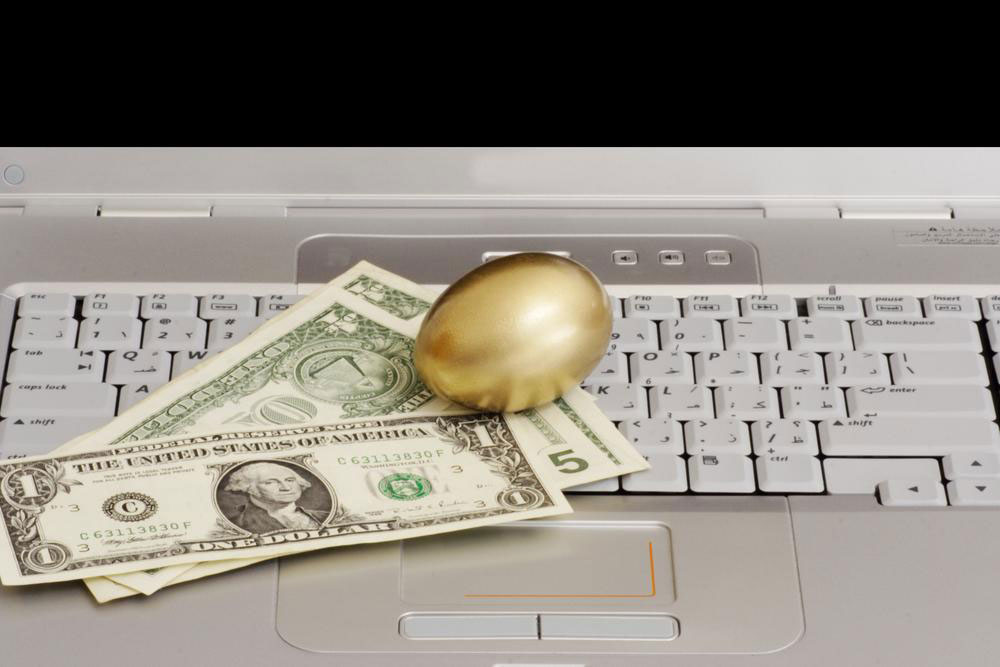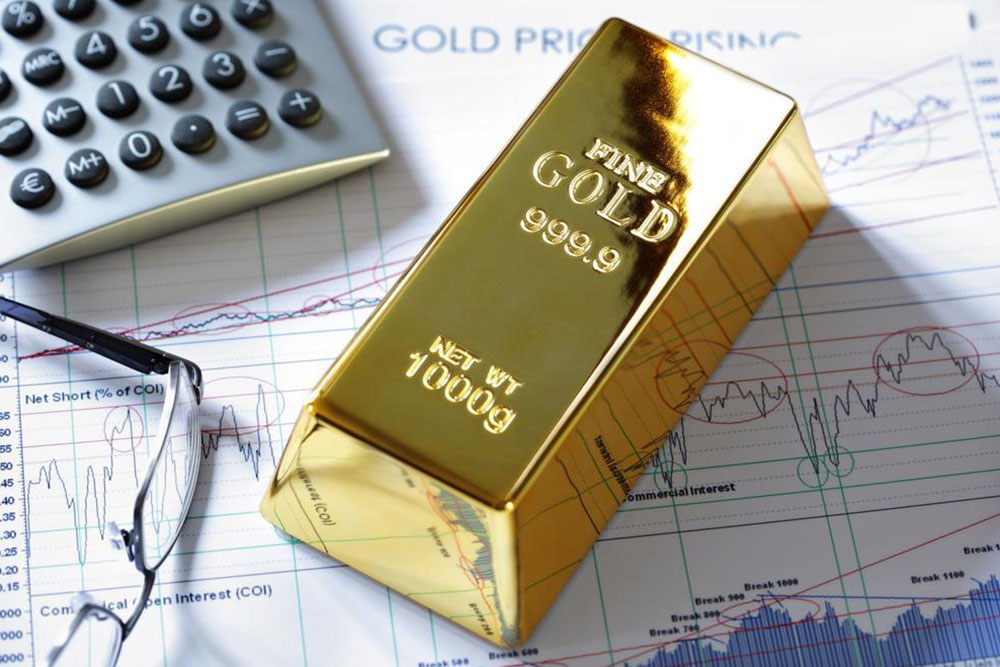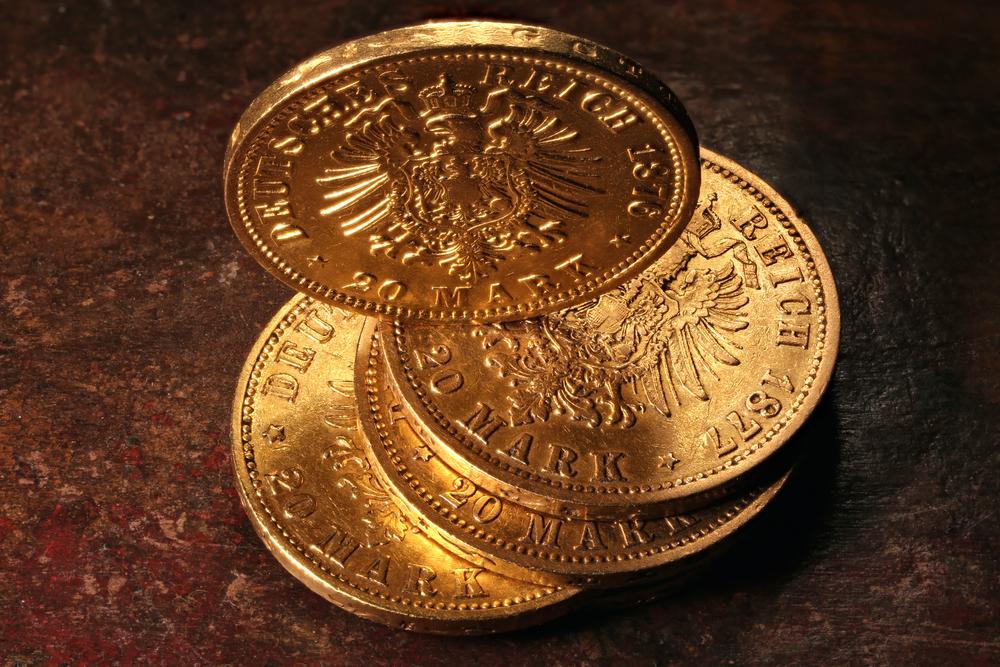Comprehensive Guide to Gold Trading and Investment Strategies
This comprehensive guide delves into gold trading and investing, covering key aspects such as market dynamics, measurement units, trading mechanisms, and investment tips. It explains how gold prices are determined, the significance of spot prices, and popular investment options like bullion and coins. The article emphasizes the importance of understanding measurement conversions, market terminology, and global trading practices to optimize your gold investment strategies. Whether you're a beginner or experienced investor, this detailed overview equips you with the knowledge needed to navigate the gold market effectively and make informed decisions for financial stability and growth.

Comprehensive Guide to Gold Trading and Investment Strategies
Gold has long been recognized as a valuable asset, both historically and in contemporary financial markets. Unlike equities or bonds, gold prices tend to display stability over time, making it a preferred choice for investors seeking a safe haven during economic uncertainty. Its unique properties, including intrinsic value and universal acceptability, position gold as an effective hedging instrument against inflation, currency devaluation, and geopolitical tensions. This extensive guide explores the intricacies of gold trading, the factors influencing gold prices, popular investment options, and strategic tips to optimize your gold portfolio.
Gold is traded worldwide in various measurement units including ounces, grams, and kilograms. The most common pricing metric is the spot price, representing the current market value for immediate settlement. Gold prices are quoted per troy ounce, a unit traditionally used for precious metals, or per gram/kilogram for smaller or larger transactions. As a highly liquid commodity, gold is actively traded on global markets such as the New York Mercantile Exchange (COMEX), London Bullion Market Association (LBMA), and others, with prices fluctuating minute-by-minute based on a multitude of influencing factors.
At its core, gold trading involves the purchase and sale of physical gold assets—bars, ingots, coins, and jewelry—and financial instruments like futures, options, and ETFs. Each form serves different investor goals, whether for long-term holding, speculating on price movements, or diversifying an investment portfolio. The global gold market operates 24/7 with minor breaks, providing traders and investors with continuous access to price data and trading opportunities. Understanding the dynamics of gold prices and trading mechanisms is crucial for maximizing investment returns and managing risk effectively.
Gold’s appeal extends beyond financial speculation. It is an enduring symbol of wealth and a cultural staple in many societies, used as honor gifts during festivals and special occasions. The industrial sector also boasts significant demand for gold, especially in electronics, medical equipment, and high-precision technology due to gold's excellent conductivity and resistance to corrosion. Additionally, central banks hold substantial gold reserves, influencing supply-side dynamics and, consequently, market prices.
Gold prices are primarily dictated by the spot market, reflecting the immediate transaction value. These prices fluctuate based on the active futures contracts traded on exchanges such as COMEX, where the nearest month’s contract typically sets the benchmark. When trading volume is low, prices may shift based on data for the next active delivery month. The spot price is often used as a reference point for physical and financial gold transactions, providing a transparent and standardized valuation metric worldwide.
Practical Tips for Entering the Gold Market: Successful gold investment demands a thorough understanding of measurement units, currency conversions, and market terminology. For instance, in the United States, gold prices are usually quoted in troy ounces, with 1 troy ounce equaling approximately 31.1035 grams, whereas the general weight measurement in everyday use is in avoirdupois ounces, where 1 avoirdupois ounce equals about 28.35 grams. Knowing how to convert between these units ensures clearer price comparisons and decision-making.
1 troy ounce = 31.1035 grams
1 avoirdupois ounce = 28.35 grams
Gold fixing, conducted twice daily by leading banks and financial institutions, establishes benchmark prices that serve as global reference points. While spot prices are used for most trading activities, the actual transaction prices include premiums for bullion manufacturing, distribution costs, and numismatic value. These premiums vary depending on factors such as coin rarity, condition, and collector demand. Globally, gold prices are standardized in US dollars, facilitating international trading while allowing conversions into local currencies to accommodate regional markets. Gold trading is highly liquid and operates nearly 24 hours, with the primary price-setting mechanisms being the fixing rates and real-time market data. Commonly traded bullion products include American Eagle, Canadian Maple Leaf, South African Krugerrand, and Austrian Philharmonic coins, favored for their liquidity and lower premiums compared to collectible numismatic coins.




